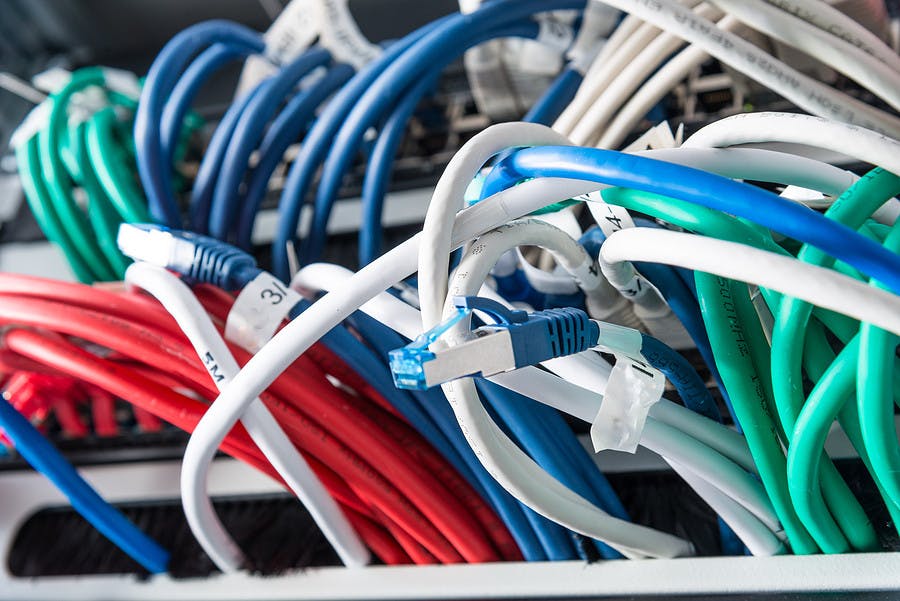HR leaders have for some time now been aware of the challenges of integrating data between different HR systems. Meanwhile, it’s still surprisingly common to find HR professionals manually re-entering data into two or more systems (e.g., an LMS and an HRIS).This is inefficient, frustrating, and error-prone.
A sophisticated approach to solving integration problems is to use an iPaaS, or Integration Platform as a Service. The fancy acronym simply means that it’s a cloud-based data integration service.
An iPaaS works by accessing data from one HR system via that system’s API (application program interface) and sending it to other systems via their APIs. Information can be sent in both directions as needed. It’s all done in real time so both systems stay in sync.
iPaaS vs Case-by-Case API integration
If you ask an HR tech vendor, they will likely say that they can easily integrate with other systems via an API. At the same time, iPaaS vendors promise that their tools give better results and more flexibility than typical case-by-case integrations.
In practice, whether you will benefit from an iPaaS comes down to your specific situation. A given vendor may or may not offer adequate integration with your other systems. You won’t know what’s best without looking at the specific pieces of software you are integrating and what the subsequent data integration needs are.
No Need to Call IT
One of the most intriguing aspects of iPaaS software is that it offers easy interfaces that allow an HR pro to design workflows and choose which data flows between the systems. This kind of flexibility, where you can change things without calling IT, is one of the most appealing features of iPaaS tools.
Two-Layered Technology
There are two layers in an iPaaS. There is an underlying iPaaS engine, like SnapLogic or Jitterbug, and above that a layer that specializes in HR integration. This second layer is offered by companies like Eljun LLC, Cloud Connectors, and Modulus Data. Your HR department would likely work with these upper layer companies, not the underlying engines.
What Does All This Mean for You?
If integrating different HR systems isn’t working well, then you should look at iPaaS as a possible solution. Organizations do not need to be particularly big or sophisticated to use this kind of platform; it’s not inconceivable that a company with as few as 500 people could get value from an iPaaS. It’s really a question of how much of a headache integration is and whether you are willing to invest some time looking for a solution. Indeed, it’s quite possible that your IT department already has experience using iPaaS to integrate data in other business functions, so you may just need to discuss it with them.
As a final note, it’s worth reflecting on just how central tech has become to HR. Once upon a time an HR pro didn’t need to know anything about data integration tools. Now it’s a part of the job.
